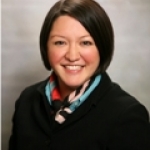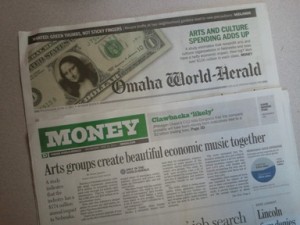
Ms. Susan Soroko
Dollars and Sense: Support for the Arts in Arlington (from The pARTnership Movement)
Posted by Jan 10, 2013

Ms. Susan Soroko
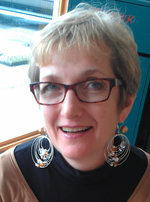 Susan Soroko
Susan Soroko
Probably the best part of producing BizSmART for Arlington (Virginia)'s supported arts organizations was the pleasant surprise of unintended outcomes. Nothing salacious (sorry!), no misbehaving, but something that was an indirect benefit of having thought provoking speakers, interactive sessions, and opportunities to step outside daily challenges all in the same space at the same time.
As simple as it sounds, there was little way to plan, direct, or script a day that helped build our arts community.
On November 13, 2012, Arlington’s first BizSmART conference at Artisphere surpassed ‘symposium’ in both content and connectivity and drew on smart growth strategies for the arts. With the Arlington Commission for the Arts sponsorship of BizSmART, which began as a suggestion to create a symposium for arts organizations and Arlington Cultural Affairs' recent move to Arlington Economic Development, a new direction in meeting the challenges facing arts organizations took root. The arts in our area may be extensive, but as public and private funding dwindle, organizations still struggle.
Arlington is no stranger to breaking new ground on many fronts and the arts are no exception. In 1996, Arlington Cultural Affairs was the winner of the Ford Foundation and Harvard University’s Innovations In American Government Award, the first time the award was given to an arts program in a local government. Leveraging resources, materials and facilities of the county government and applying them to the arts made way for an incubator program that was soon to be replicated throughout the country.
Read More

 Pam Rubert
Pam Rubert

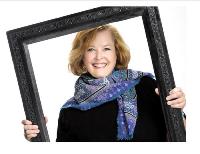 Laura Bruney
Laura Bruney

 Michelle Alexander (photo by Nicholas Wray)
Michelle Alexander (photo by Nicholas Wray)



 Tim McClimon
Tim McClimon

 Janet Langsam
Janet Langsam
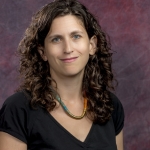

 Jonathan Tuchner
Jonathan Tuchner
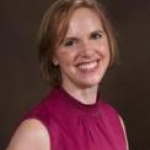
 Marla Sincavage
Marla Sincavage
 (Editor's Note: This post was
(Editor's Note: This post was 
 Stephanie Smith
Stephanie Smith

 Will Maitland Weiss
Will Maitland Weiss

 Stephanie Dockery
Stephanie Dockery

 Marisa Muller
Marisa Muller

 Valerie Beaman
Valerie Beaman

 Chad Barger
Chad Barger







